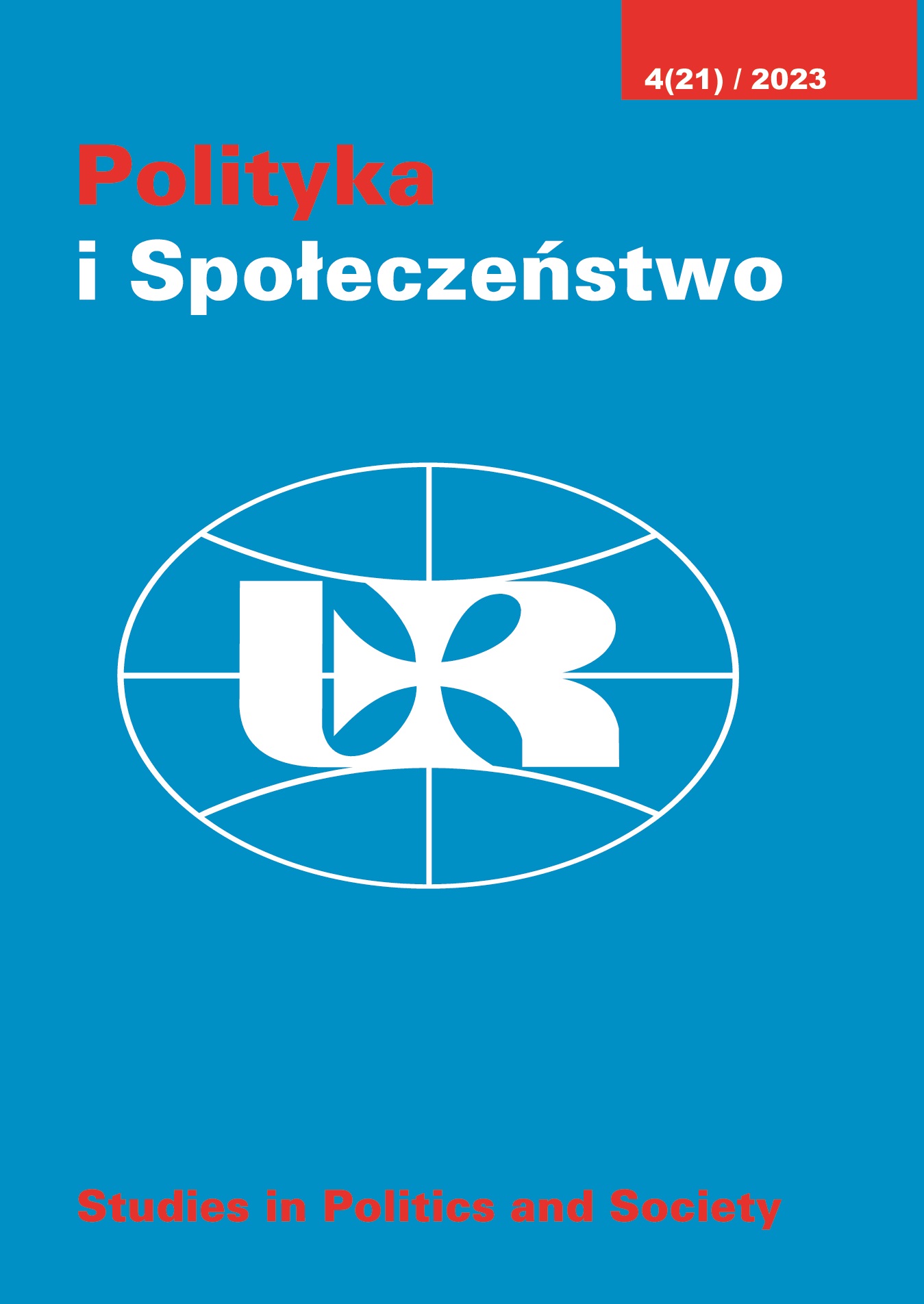Activities and instruments of Russian influence in Estonia after 2022
DOI:
https://doi.org/10.15584/polispol.2023.4.25Keywords:
Estonia, war, Russia, foreign policy, securityAbstract
The geopolitical location of Estonia, in the immediate vicinity of the Russian Federation, is a fundamental determinant of the country's history. However, the unfavorable location, low demographic potential, small territory or insignificant reservoirs of raw materials do not exclude the efficiency and effectiveness of the state authority. Importantly, these conditions may have a fundamental impact on foreign policy activity and internal state. The ability to adapt and the effective transformation of the country helped to take advantage of the asymmetry of potential in building the international position of the republic after it regained independence in 1991. However, these circumstances did not in any way affect the nature of the Kremlin's behavior towards the former republics of the Soviet Union. The Russian command power, based on actions forcing other entities to behave as expected, continues to pursue policy goals using its own material and intangible resources of exerting influence. For Estonia, which is located in the area of post-Soviet territory, this tactic raises additional concern in the face of aggressive behawior by Russia, demonstrating its desire to regain lost influence. An important tool of the Kremlin's foreign policy are instruments covering a wide range of means – from military and political to economic, information and cultural. Thus, Estonia, bordering the Russian Federation, is forced to adapt to various scenarios of confrontation with Russia.
Downloads
Published
How to Cite
Issue
Section
License
Copyright (c) 2024 Polityka i Społeczeństwo

This work is licensed under a Creative Commons Attribution-ShareAlike 4.0 International License.


